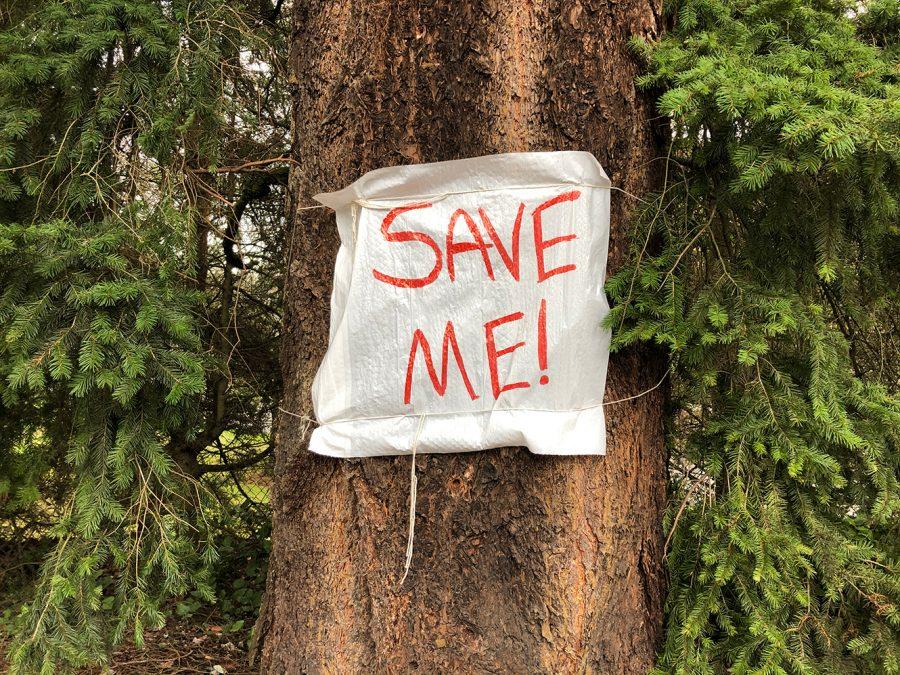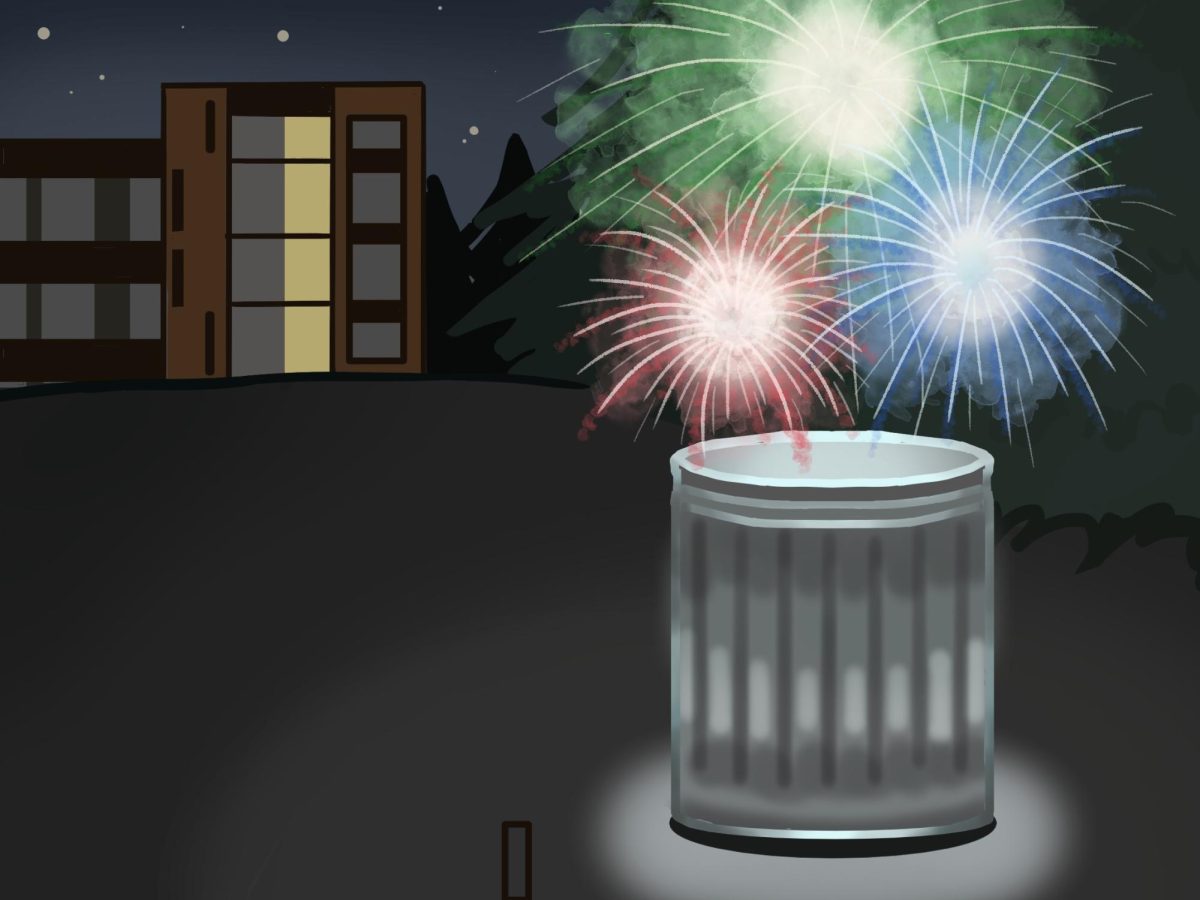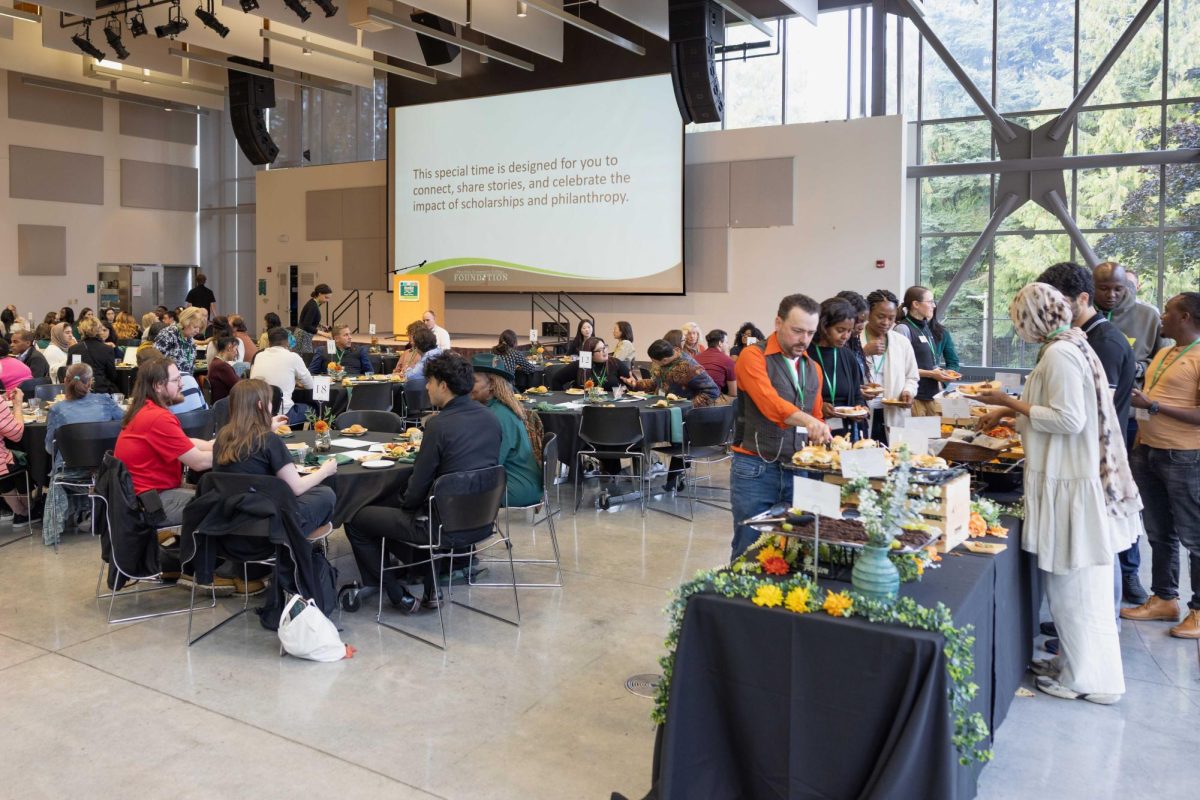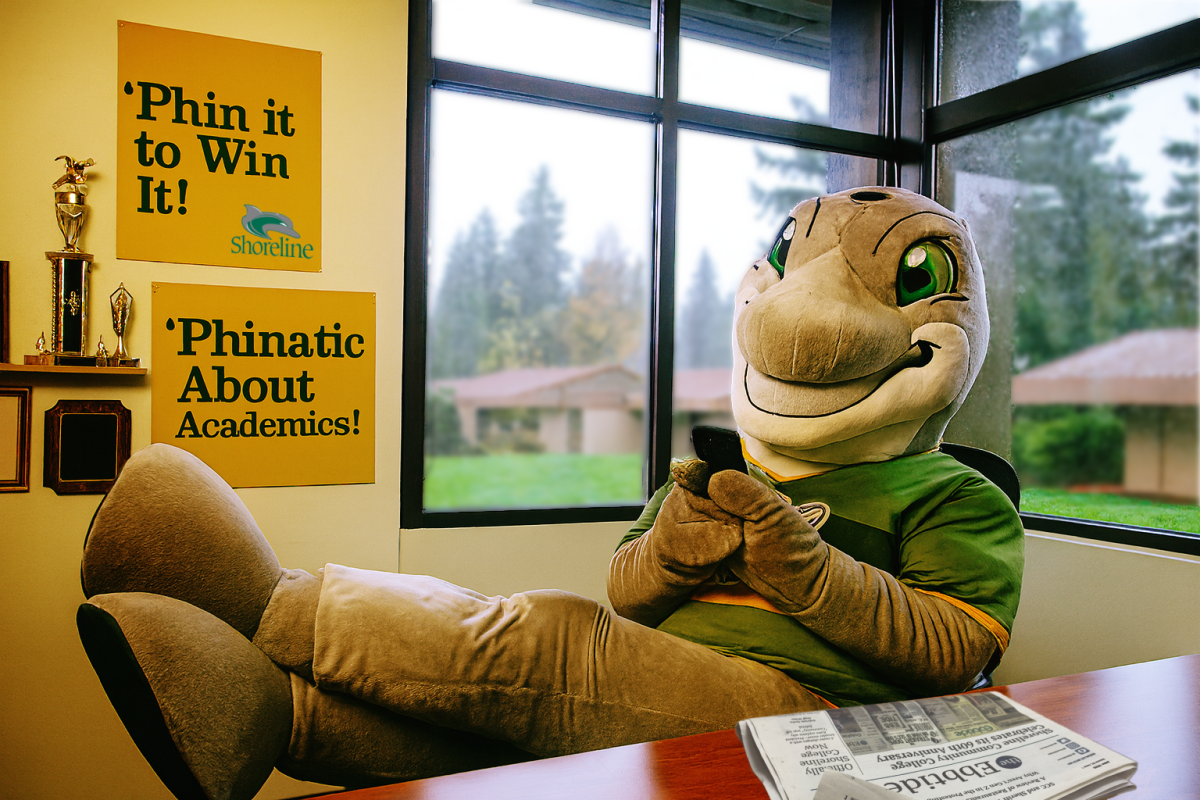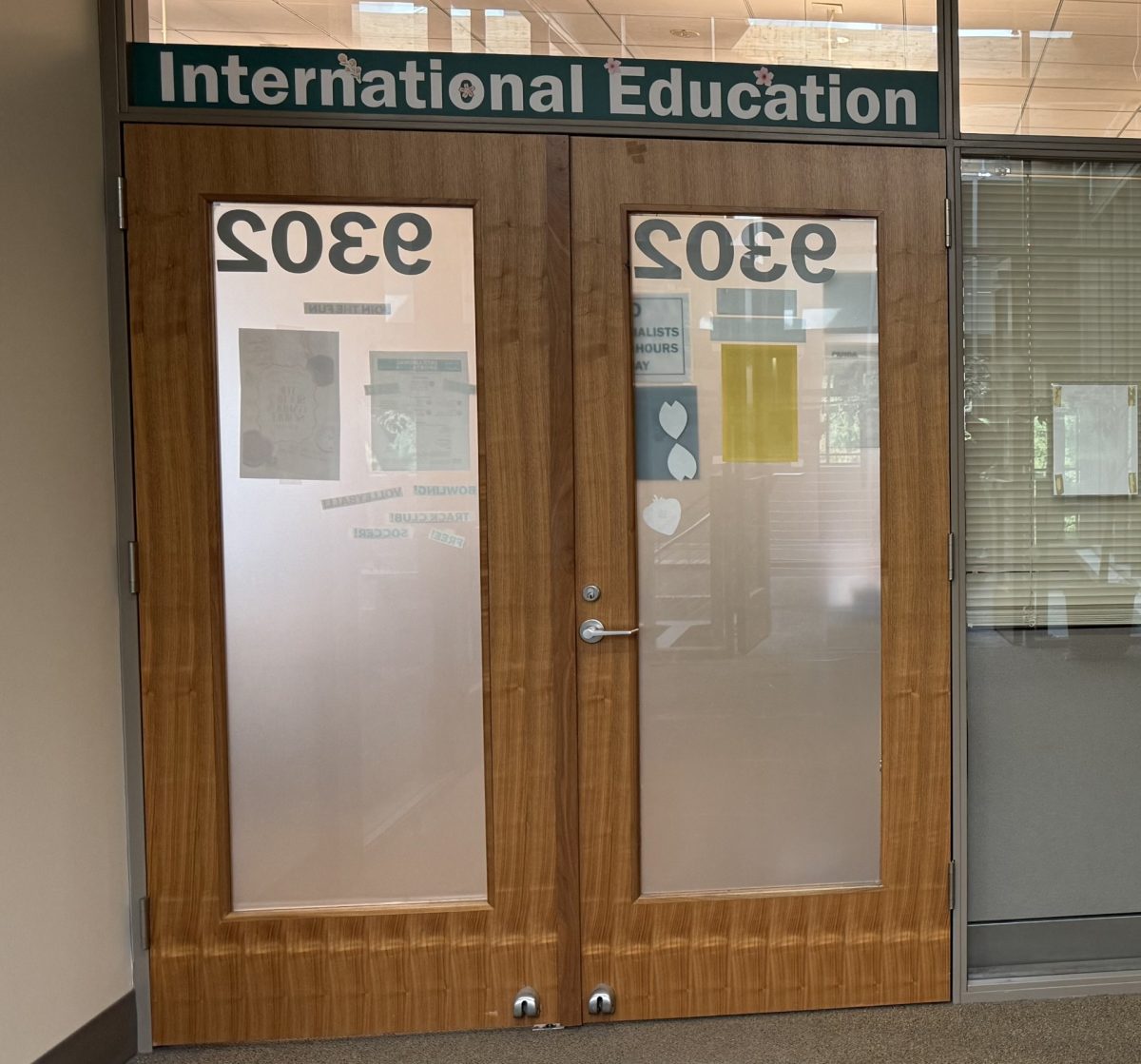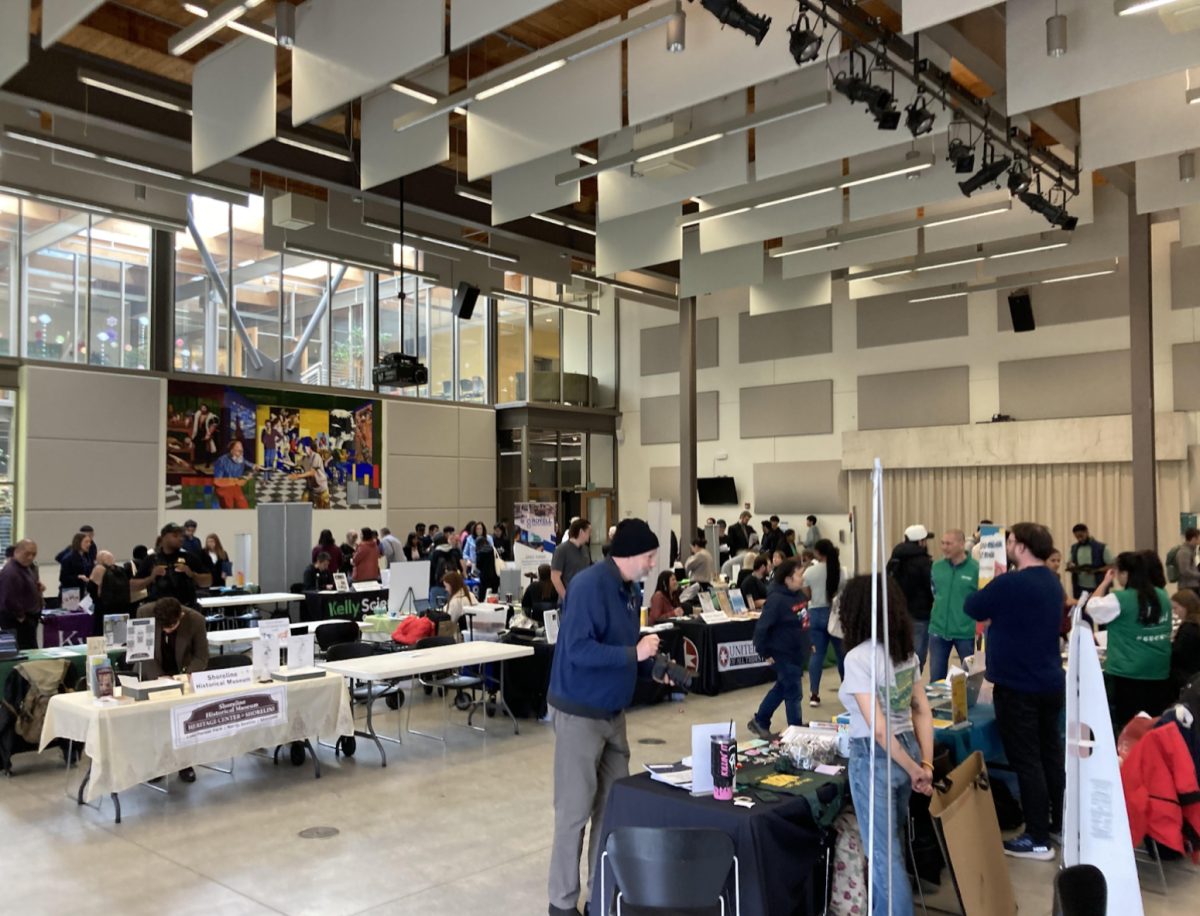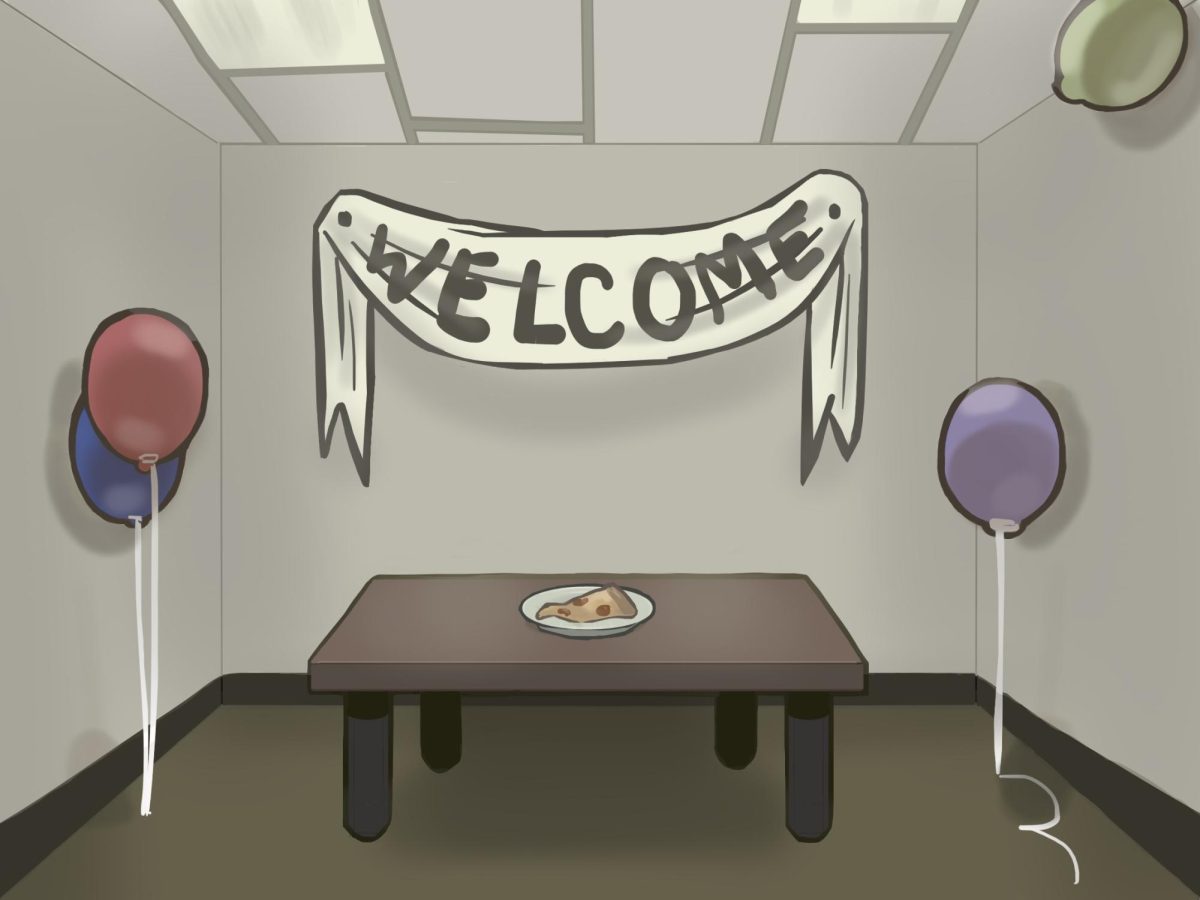Those who travel to and from SCC on Dayton Avenue may be familiar with its signature tree-lined road.
These local trees are at risk of being cut down due to recent construction proposals by the Washington State Department of Transportation (WSDOT), but one neighborhood organization is looking to prevent it.
Save Shoreline Trees, a local effort headed by co-chairs Barbara Brandt and Melody Fosmore, is dedicated to preserving the lush old growth that surrounds Dayton en route to the college.
Background
In a letter dated Nov. 18, 2019, City of Shoreline Associate Planner Caleb Miller addressed the details.
“WSDOT has applied for a permit to remodel their existing regional headquarters (RHQ) facility in its entirety to allow for the State Department of Ecology (DOE) to relocate offices to the site,” he wrote.
In this case, changes to the Dayton vicinity include street pavement widening, new curbs, a 5-foot-wide amenity zone and an 8-foot-wide sidewalk.
“Due to the installation of these improvements, as well as the grading work needed to even out the slopes of the sidewalks,” Miller wrote, “some of the trees are going to be too impacted by construction to save.”
Miller said 130 trees along Dayton Avenue N are slated for removal.
Save Shoreline Trees
Brandt, a real estate broker with a background in architecture, received a mailed notice about the renovation shortly before Thanksgiving and attended a meeting at Shoreline City Hall led by WSDOT representatives who described the project and proposed tree removals.
This didn’t sit well with Brandt, who after attending the meeting said she felt “kind of sick” at the prospect.
A couple of days after the meeting, she posted on nextdoor.com with a message titled “Grand Trees on Dayton Ave!” to inform her neighbors of the trees at risk.
“I basically reached out and said, ‘we need to let the city know that we’re not supporting this.’” Brandt said in a phone interview. “We don’t want to lose 150-year-old trees for the sake of having an 8-foot sidewalk.”
Brandt’s post garnered a flurry of responses, including one from fellow Nextdoor user Melody Fosmore who offered to work together in the cause. A number of meetings and emails later, Save Shoreline Trees achieved non-profit status.
“Many people moved to Shoreline because it’s definitely more green,” Brandt said. “It tends to be a little cooler, a little shadier — a little more connected with nature and a lot less concrete.”
Current Status
During a Highland Terrace Neighborhood Association meeting, a city planner and an engineer in attendance announced that the community’s response had caught the attention of the council and city general manager, leading them to consider three different options for saving as many trees as possible, Brandt said.
This, along with other updates Brandt received, show that Dayton Avenue may be safe for the time being — but the streets 160th and 155th also contain old-growth trees at risk of being cut down.
“That’s going to be our next push,” she said.
Brandt hopes that Save Shoreline Trees will evolve into a “project watch” for future renovations and constructions that could trigger tree removal.
“There are a lot of things that the City of Shoreline has promised to do with regard to saving trees — but maybe there’s more that can be done,” she said.
Importance and Impact
“If our world is falling down around us from climate change, the rest of it doesn’t even matter,” Brandt said. “I think it’s time that we drew a line in the sand and said, ‘we’ve got to pay attention.’”
In Brandt’s eyes, the growth and change of a community does not mean that its original flora and fauna has to suffer. “I just think that there’s a smarter way that we can go about developing our cities,” she said.
With a 20-year history in architecture, Brandt has the ability to see both sides of the situation.
“I feel like in a lot of ways, I’ve kind of contributed to the problem,” she said, citing her previous decisions to zone buildings in certain ways. “I never really was questioning it — I just did it.”
This has provided her with a unique perspective during her current work with Save Shoreline Trees.
“It’s okay to question things, and sometimes you can make an impact and sometimes you can’t,” Brandt said. “But Shoreline’s a really young city, and I think the residents can push back — and I think the city may listen.”
Save Shoreline Trees welcomes anyone who would like to participate in the cause. To join the email list, contact a representative or find out about the next scheduled meeting, visit saveshorelinetrees.com.


